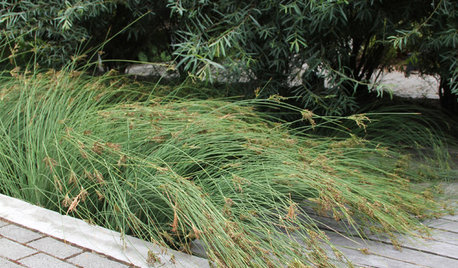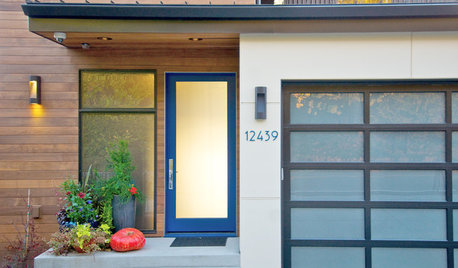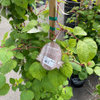Question on overwintering protection
dave11
11 years ago
Related Stories

MOVINGHiring a Home Inspector? Ask These 10 Questions
How to make sure the pro who performs your home inspection is properly qualified and insured, so you can protect your big investment
Full Story
REMODELING GUIDES5 Ways to Protect Yourself When Buying a Fixer-Upper
Hidden hazards can derail your dream of scoring a great deal. Before you plunk down any cash, sit down with this
Full Story
GARDENING GUIDESProtect a Precious Resource With a Rain Garden
Promote pure water and a beautiful landscape with a garden design that makes the most of the rain
Full Story
REMODELING GUIDESHow to Protect (Even Enhance!) Your Relationship While Renovating
No home improvement project is worth a broken heart. Keep your togetherness during a remodel with this wise advice
Full Story
ENTRYWAYSGlass Doors That Welcome — and Protect Your Privacy Too
These front-door designs let in the light but keep your air-guitar performances safely in-house
Full Story
GARDENING GUIDESNo-Regret Plants: 5 Questions Smart Shoppers Ask
Quit wasting money and time at the garden center. This checklist will ensure that the plants you're eyeing will stick around in your yard
Full Story
GREEN DECORATING8 Questions to Help You See Through Green Hype
With the ecofriendly bandwagon picking up some dubious passengers, here's how to tell truly green products and services from the imposters
Full Story
REMODELING GUIDES13 Essential Questions to Ask Yourself Before Tackling a Renovation
No one knows you better than yourself, so to get the remodel you truly want, consider these questions first
Full Story
GREEN BUILDINGConsidering Concrete Floors? 3 Green-Minded Questions to Ask
Learn what’s in your concrete and about sustainability to make a healthy choice for your home and the earth
Full Story
REMODELING GUIDESConsidering a Fixer-Upper? 15 Questions to Ask First
Learn about the hidden costs and treasures of older homes to avoid budget surprises and accidentally tossing valuable features
Full StorySponsored
Your Custom Bath Designers & Remodelers in Columbus I 10X Best Houzz
More Discussions








mistascott
akamainegrower
Related Professionals
Holly Springs Landscape Architects & Landscape Designers · Beachwood Landscape Architects & Landscape Designers · Brentwood Landscape Architects & Landscape Designers · Wixom Landscape Architects & Landscape Designers · Brunswick Landscape Contractors · Lynwood Landscape Contractors · Manhattan Landscape Contractors · Parker Landscape Contractors · Yuba City Landscape Contractors · Jacksonville Window Contractors · Richmond Window Contractors · Greenburgh Window Contractors · Thornton Driveway Installation & Maintenance · Grafton Decks, Patios & Outdoor Enclosures · Owings Mills Decks, Patios & Outdoor Enclosuresken_adrian Adrian MI cold Z5
dave11Original Author
akamainegrower
ken_adrian Adrian MI cold Z5
Dave in NoVA • N. Virginia • zone 7A
mistascott